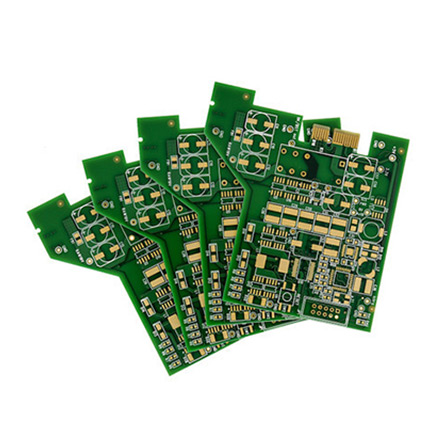

Reflective Glass Material An Innovative Solution in Modern Architecture and Design
In the contemporary world, the utilization of innovative materials in architecture and design has revolutionized the way structures are conceived and built. Among these materials, reflective glass has emerged as a significant player. Characterized by its unique properties, reflective glass not only enhances aesthetic appeal but also contributes to energy efficiency and environmental sustainability. This article delves into the various aspects of reflective glass material, exploring its applications, advantages, and the impact it has on modern design.
Reflective glass, also known as mirror glass, is produced by coating one side of a glass sheet with a reflective material, often a thin layer of metal or a specialized coating. This process creates a surface that reflects a substantial portion of light while allowing some light to pass through. As a result, reflective glass serves dual functions—providing visibility to the interior while maintaining privacy and minimizing glare from the outside. This characteristic is especially beneficial in urban environments where space is limited, and visual connections with the surroundings are essential.
One of the primary advantages of reflective glass is its role in energy conservation. Buildings are significant consumers of energy, primarily due to heating, cooling, and lighting requirements. Reflective glass can significantly reduce heat gain from sunlight, thereby decreasing the reliance on artificial cooling systems during warmer months. By reflecting a substantial portion of solar radiation, reflective glass enables buildings to maintain a comfortable indoor climate, ultimately leading to reduced energy consumption and lower utility bills. This energy efficiency is particularly crucial in the face of escalating climate change concerns, as reducing energy consumption contributes to minimizing carbon footprints.
In addition to its energy-saving properties, reflective glass is also a valuable tool for enhancing the aesthetics of a building. Architects and designers are increasingly incorporating reflective glass into their projects to create striking visual effects. The reflective surface allows for a dynamic interplay between the structure and its environment, reflecting the sky, surrounding buildings, and landscapes. This interaction can create a sense of harmony between the building and its surroundings, making reflective glass a popular choice in modern architectural designs. High-rise buildings, in particular, benefit from this material, as reflective glass can create an impressive skyline and contribute to the urban fabric.

Safety is another important consideration in the choice of building materials. Reflective glass is available in various thicknesses and strengths, enabling its use in diverse applications, from residential homes to towering skyscrapers. Manufacturers rigorously test reflective glass for impact resistance and shatterproof properties, ensuring that it meets safety standards. Additionally, innovations in technology have led to the development of tempered reflective glass, which is designed to withstand extreme temperatures and impact, further enhancing its safety profile.
The sustainability factor associated with reflective glass cannot be overlooked. As building regulations and standards evolve, the demand for sustainable construction practices continues to rise. Reflective glass is often manufactured using recyclable materials and can itself be recycled at the end of its life cycle. Moreover, its energy-efficient properties align with green building certifications such as LEED (Leadership in Energy and Environmental Design), promoting a more sustainable approach to construction.
Despite its numerous benefits, there are challenges associated with the use of reflective glass. For instance, excessive reflections can sometimes lead to issues such as glare or distractions for pedestrians and drivers. Moreover, careful consideration is required when integrating reflective glass into designs to ensure that it does not negatively impact the surrounding environment or create unwanted visual disturbances.
In conclusion, reflective glass material stands as a testament to the innovative spirit of modern architecture and design. Its combination of aesthetic appeal, energy efficiency, and safety makes it an optimal choice for contemporary building projects. As society continues to prioritize sustainability and environmental consciousness, the role of reflective glass is likely to expand, allowing architects and designers to push the boundaries of creativity while fostering a more sustainable future. Embracing reflective glass not only transforms the spaces we inhabit but also contributes to a more harmonious relationship between architecture and the natural environment.